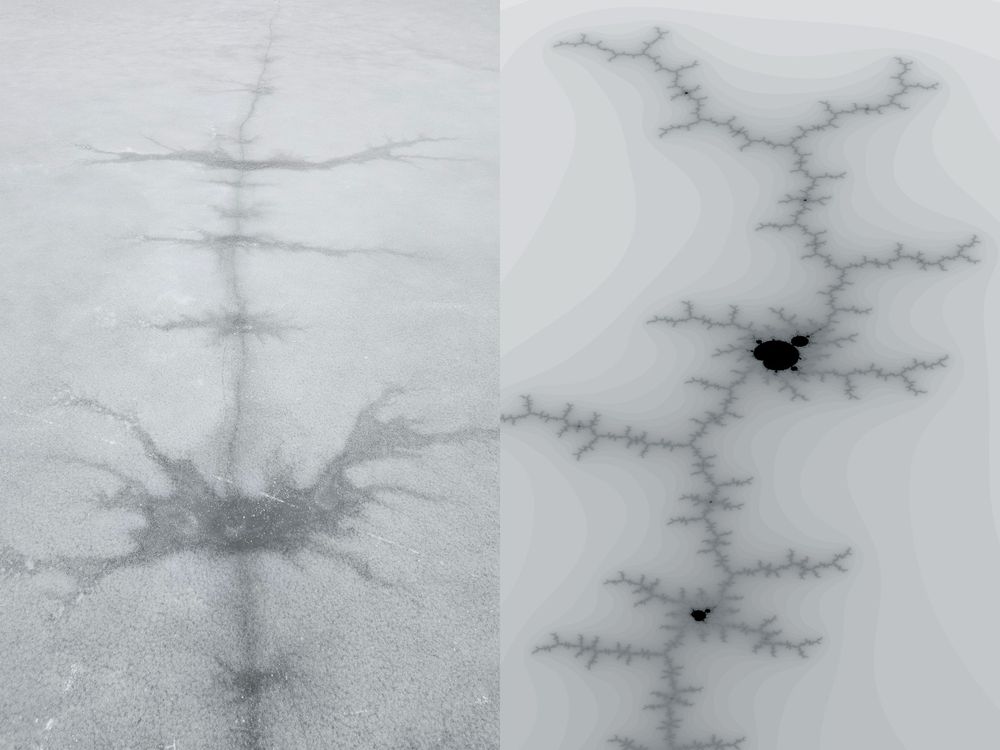Thanks to everybody who made it happen!

Thanks to everybody who made it happen!
#CECAM @cecamevents.bsky.social @iocbprague.bsky.social

#CECAM @cecamevents.bsky.social @iocbprague.bsky.social
#CECAMinPrague @iocbprague.bsky.social @cecamevents.bsky.social @iocbtech.bsky.social

#CECAMinPrague @iocbprague.bsky.social @cecamevents.bsky.social @iocbtech.bsky.social
github.com/Honza-R/PM6-...

github.com/Honza-R/PM6-...

How well do DFT, semiempirical & ML methods model proton transfer?
✅ DFT performs well, except with N-groups
❌ Pure ML struggles (though ORB v3 shows big gains)
🔥 PM6-ML Δ-learning excels, even in QM/MM setups!
Check it out: pubs.acs.org/doi/10.1021/...

How well do DFT, semiempirical & ML methods model proton transfer?
✅ DFT performs well, except with N-groups
❌ Pure ML struggles (though ORB v3 shows big gains)
🔥 PM6-ML Δ-learning excels, even in QM/MM setups!
Check it out: pubs.acs.org/doi/10.1021/...
pubs.acs.org/doi/full/10....

pubs.acs.org/doi/full/10....

On-Resin Assembly of Macrocyclic Inhibitors of Cryptococcus neoformans May1: A Pathway to Potent Antifungal Agents (Kryštůfek et al.) – @pubs.acs.org J. Med. Chem.: doi.org/10.1021/acs....
@iocbprague.bsky.social @czechacademy.bsky.social @imgprague.bsky.social

How do DFT, semiempirical & ML potentials handle proton transfers? ML-only performs poorly, but Δ-learning in PM6-ML (by @jrezac.bsky.social) shines, even in a hybrid QM/MM partition! DFT works well except for N-groups. Check it out:
chemrxiv.org/engage/chemr...

Join top experts from academia & industry. Few spots left for contributed talks!
📢 Apply now: www.cecam.org/workshop-det...
#compchem #cadd #QM #CECAM
Join top experts from academia & industry. Few spots left for contributed talks!
📢 Apply now: www.cecam.org/workshop-det...
#compchem #cadd #QM #CECAM
doi.org/10.26434/che...

doi.org/10.26434/che...
#SBDD predictions need reliable benchmarks - diverse targets, high-quality affinity & structural data, and blinded validation. Let’s make it happen!
🔗 Read more: doi.org/10.1021/acs....
#DrugDiscovery #CompChem

www.cecam.org/workshop-det...
www.cecam.org/workshop-det...
pubs.acs.org/doi/10.1021/...

pubs.acs.org/doi/10.1021/...


